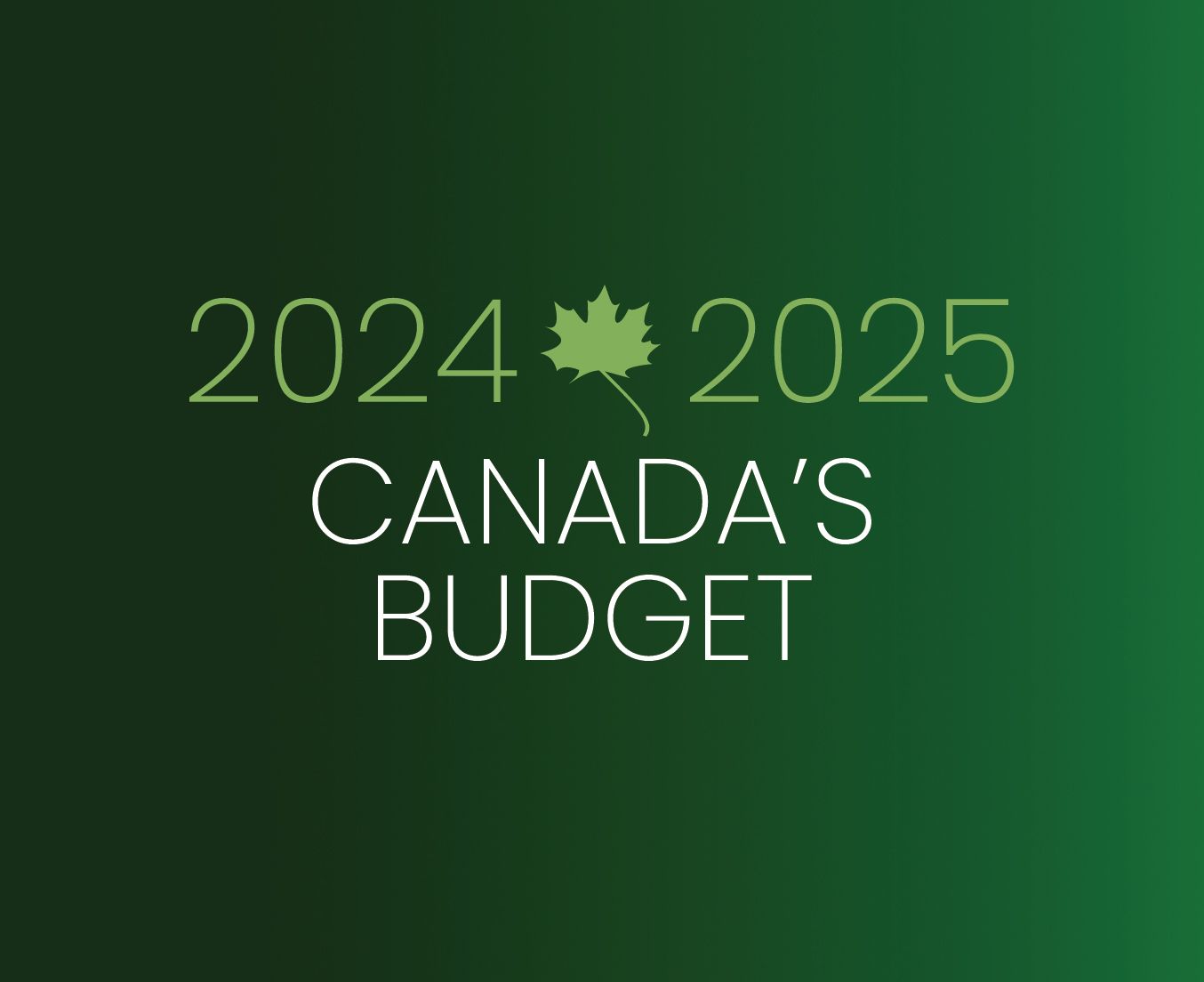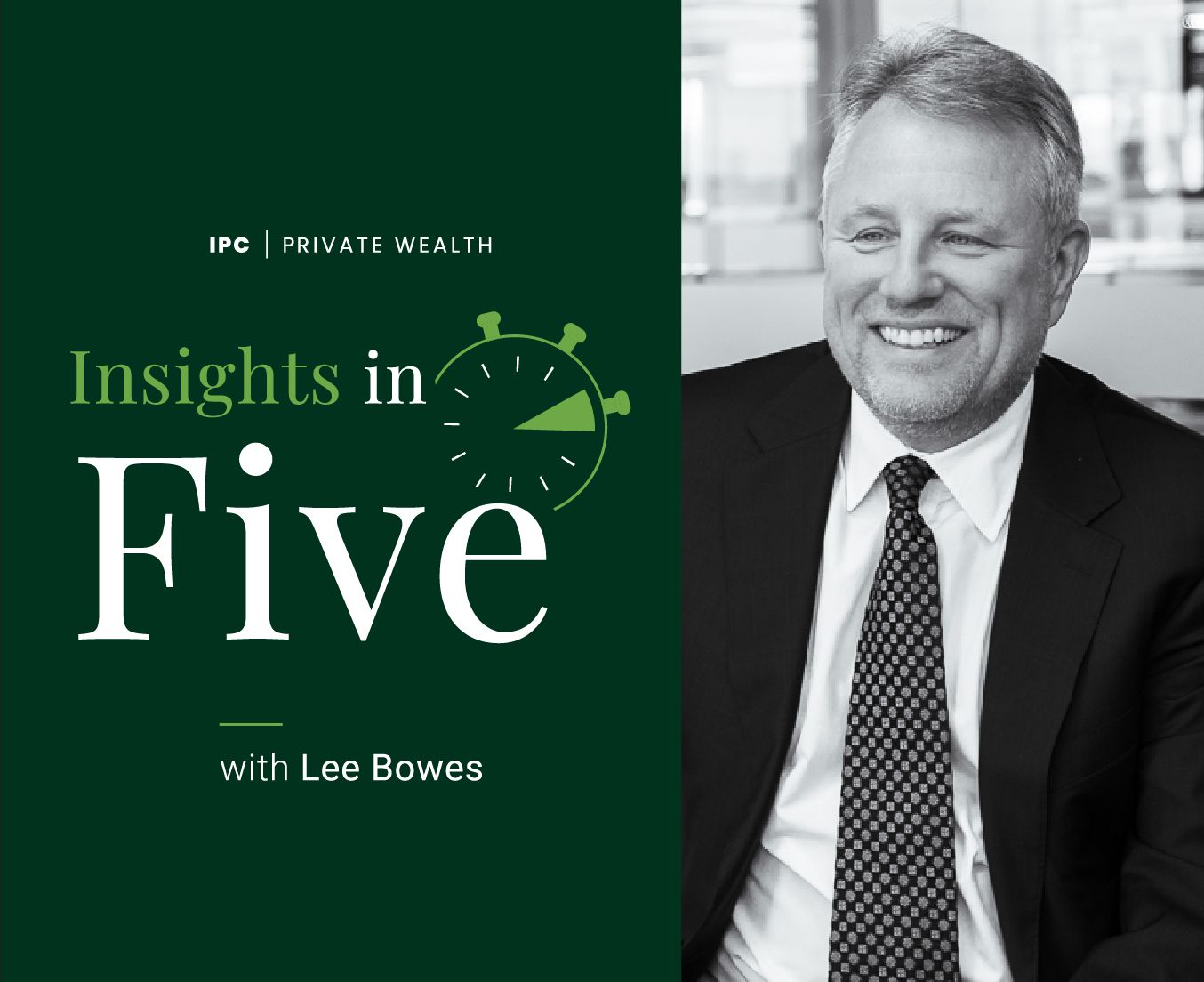The third quarter was a difficult one for both stocks and bonds.
As rising bond yields – which you will recall move in the opposite direction to bond prices – put pressure on both “safe” and “risky” assets. All but three of the 23 asset classes (excluding cash) that we monitor delivered a negative return in Q3. The main exception was energy commodities, which have rallied owing to a renewed rise in the price of oil. We expect that outperformance to reverse in the coming years, with energy commodities trailing.
Safe assets struggled during the quarter because investors have concluded that interest rates in the U.S. and elsewhere will be higher for longer than they had previously envisaged, even if inflation continues to decline. This reflects the resilience of the U.S. economy in particular, along with a hawkish U.S. central bank – the Federal Reserve (“Fed”).
“….we expect the fortunes of safe assets to improve over the rest of this year, as we believe that investors are underestimating how quickly and/or how far central banks will cut interest rates over the next couple of years.”
With that said, we expect the fortunes of safe assets to improve over the rest of this year, as we believe that investors are underestimating how quickly and/or how far central banks will cut interest rates over the next couple of years. We anticipate, however, that risky assets will remain under pressure this year as economic growth across developed markets (DMs) falters. As monetary policy eases next year and economic growth rebounds, we forecast strong returns from most risky assets over both 2024 and 2025.
Higher for Longer?
We believe that the now popular assumption that interest rates will be held “higher for longer” will prove incorrect as economic growth disappoints and price pressures recede. We doubt that the Fed, the European Central Bank, or the Bank of England will deliver the final interest rate hikes that markets anticipate, and the Fed is likely to cut rates far sooner than expected. While relatively sticky wage growth will mean that rates have to stay at their peaks for a little longer in Europe, when cuts do come, we think they will be more aggressive than is typically assumed.
Recession Likely Delayed for Advanced Economies
While recessions have not yet taken hold to the extent that we had expected, this seems to reflect temporary factors including households running down their savings and producers working off backlogs now that shortages have abated. With previous interest rate hikes clearly weighing on credit growth and raising debt servicing costs, it seems very likely that a sharper slowdown is to come in advanced economies.
“An imminent consumer pullback, combined with a deepening housing correction, will finally push the economy into recession.”
Canada’s economy has now likely fallen into the recession that we have long been expecting. Growth stalled in two of the last three quarters and momentum entering Q3 was weak. Key imbalances including highly indebted households and overvalued house prices can’t evade the coming full impact of the Bank of Canada’s aggressive rate hikes. An imminent consumer pullback, combined with a deepening housing correction, will finally push the economy into recession. Accordingly, and with few exceptions, we believe that the rate-hiking cycle is already over and see cuts coming next year. Meanwhile, policy support looks set to deliver a modest cyclical recovery in China, but the revival will not be strong or sustained.
Canada’s Economy Buckling Under the Weight of High Interest Rates
We expect another few quarters of near-zero GDP growth domestically. Even with high oil prices, the weakness of GDP growth leaves scope for inflation to fall back to 2% in 2024. That will allow the Bank of Canada to cut interest rates to 3.0% next year, from the current 5.0%. Even with large rate cuts next year, high borrowing costs will continue to hold back the economy.
“the prospect of “higher for longer” elsewhere could limit the extent to which the Bank can loosen policy without driving the Canadian dollar lower and risking a renewed rise in imported inflation.”
We continue to expect core inflation to fall late this year as spare capacity opens and higher unemployment pulls down wage growth. The main risks to our expectation for rate cuts in 2024 are external. Even if domestic conditions warrant rate cuts as we expect, the prospect of “higher for longer” elsewhere could limit the extent to which the Bank can loosen policy without driving the Canadian dollar lower and risking a renewed rise in imported inflation.
Going Forward
All else equal, rising yields of safe assets – known as the “risk-free rate” – should increase investors’ required return from risky ones. The adverse effect of rising bond yields on equity prices could be seen clearly in the third quarter of 2023, just as it was throughout most of 2022. In the U.S. particularly, it was only masked in the first half of this year by enthusiasm for artificial intelligence (AI), which has faded a bit recently.
We expect safe assets to deliver a better performance in the future as we believe sovereign bond yields will drop back from high levels by the standards of the recent past.
The 10-year U.S. Treasury yield, for example, is near a post-Global-Financial-Crisis high north of 4.7% at the time of writing. We forecast that it will decline substantially, reflecting our view that the Fed will reduce its policy rate sooner, and by more than investors appear to be discounting. This will result in a strong headwind for U.S. equities becoming a favourable tailwind.
Admittedly, if a faltering economy were the proximate cause of looser Fed policy, then any boost to U.S. equities from lower bond yields would probably be more than offset by a rising equity risk premium. What’s more, that would be likely to coincide with renewed downward revisions to analysts’ forecasts for earnings, which have begun to recover.
“…while we see a weaker economy weighing on equities for a while, we expect any recession to be mild and short-lived. That would clear the way for the U.S. stock market to prosper in 2024.”
Recession Expected to be Mild and Short Lived
Our view of interest rates in the U.S. is mainly tied to our expectation that core inflation there will fall more quickly than the consensus probably expects, and the Fed is projecting. And while we see a weaker economy weighing on equities for a while, we expect any recession to be mild and short-lived. That would clear the way for the U.S. stock market to prosper in 2024.
We also expect U.S. equities to be buoyed by more hype around AI. Although the benefits from AI are set to diffuse only slowly through economies, we suspect that investors will want to capture them upfront, just as they began to do so earlier this year.
That could lead to the formation of a bubble in the stock market in the coming years. We suspect that AI will have a similar impact on equities to the one that the internet had during the second half of the 1990s when the “dotcom bubble” was inflating. If so, the absolute and relative valuation of the U.S. stock market could yet become more stretched.
We think that the “tech-heavy” U.S. stock market will benefit the most in the near term. AI is a general-purpose technology that will ultimately boost output and profits across many industries and economies. So, we also foresee equities in general rising significantly in the coming years.
Over the past quarter, we repositioned our portfolios to be slightly more defensive in favour of fixed income. We believe that remaining defensive at this time is the most prudent course and will look for the appropriate opportunity to shift to a more aggressive positioning as our thesis plays out.
Sincerely,

Corrado Tiralongo
Chief Investment Officer
IPC Portfolio Services
Investment Planning Counsel





